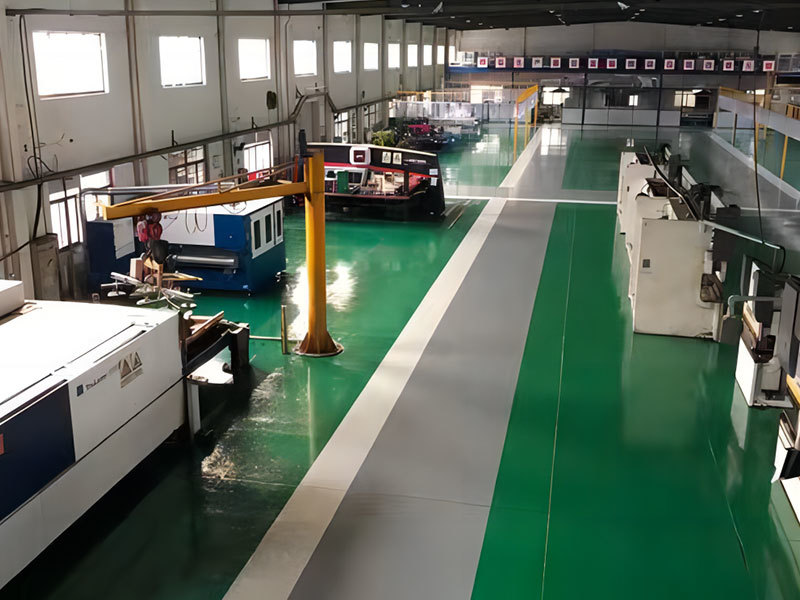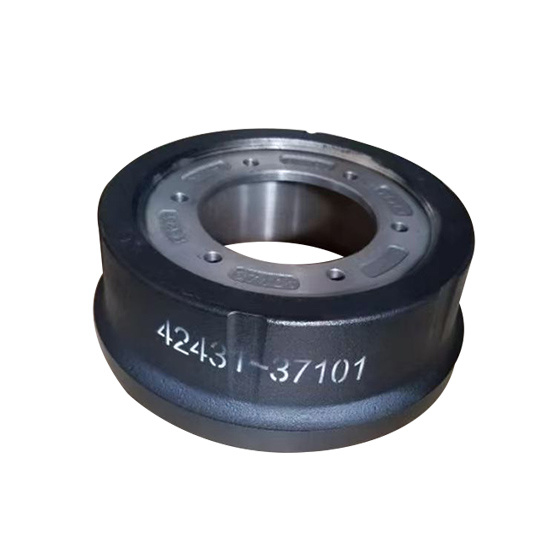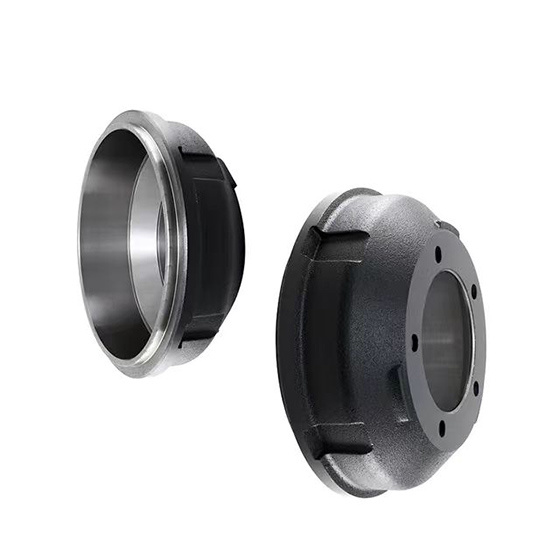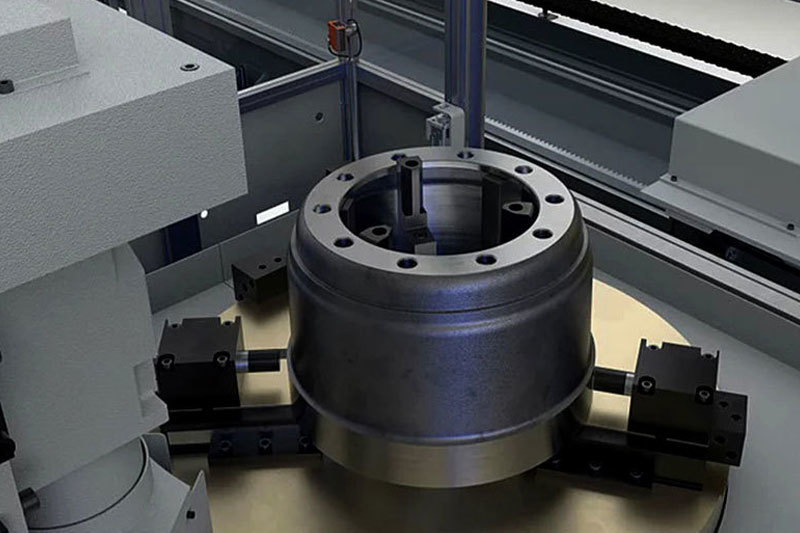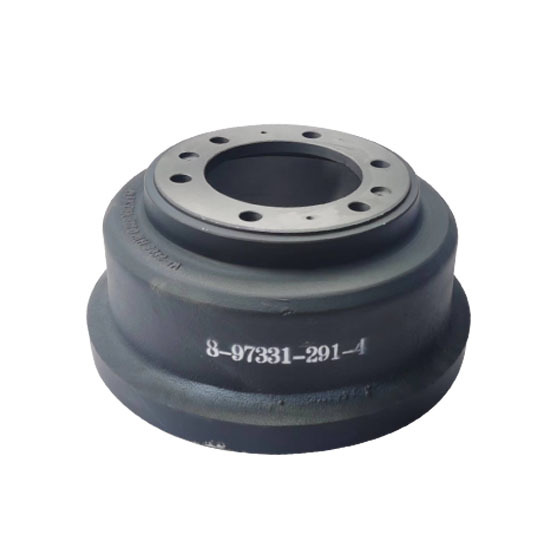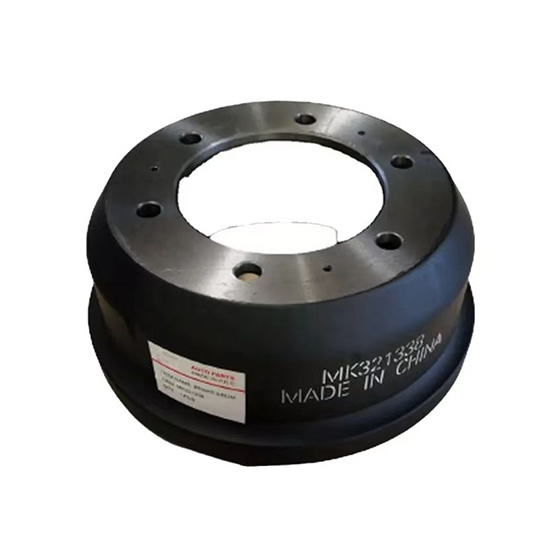The Ultimate Guide to Extending the Lifespan of Your Hyundai Brake Drum
Release time:
01 Jun,2025
The Ultimate Guide to Extending the Lifespan of Your Hyundai Brake Drum Table of Contents Introduction to Hyundai Brake Drums Understanding Brake Drum Functionality The Importance of Brake Drum Maintenance Common Signs of Brake Drum Wear Best Practices for Extending the Lifespan of Your Brake Drum Choosing Quality Parts and Accessories The Need for Professional Inspections Fre

The Ultimate Guide to Extending the Lifespan of Your Hyundai Brake Drum
Table of Contents
- Introduction to Hyundai Brake Drums
- Understanding Brake Drum Functionality
- The Importance of Brake Drum Maintenance
- Common Signs of Brake Drum Wear
- Best Practices for Extending the Lifespan of Your Brake Drum
- Choosing Quality Parts and Accessories
- The Need for Professional Inspections
- Frequently Asked Questions
- Conclusion
Introduction to Hyundai Brake Drums
The brake drum is a critical component of your Hyundai's braking system, playing a vital role in ensuring safe and effective stopping. Understanding how brake drums function and the best practices for their care is essential for any Hyundai owner. In this ultimate guide, we will delve into the components of brake drums, the signs indicating wear, and expert strategies to prolong their lifespan.
Understanding Brake Drum Functionality
Brake drums are part of a drum brake system where brake shoes press against the inner surface of the drum to create friction, slowing down or stopping the vehicle. This reliable braking method is common in many Hyundai models, particularly in the rear wheels.
Components of a Brake Drum System
A typical brake drum system consists of several key parts:
- **Brake Drum**: The main component that rotates with the wheel.
- **Brake Shoes**: These are curved metal pieces that press against the drum to create friction.
- **Wheel Cylinder**: This hydraulic component pushes the brake shoes against the drum when the brake pedal is engaged.
- **Return Springs**: These springs pull the brake shoes back into position once the brakes are released.
Each component must work in harmony for optimal brake performance. Any malfunction in these parts can lead to decreased efficiency and safety concerns.
The Importance of Brake Drum Maintenance
Regular maintenance is essential for ensuring that your Hyundai brake drum operates efficiently. Proper care not only enhances safety but also extends the lifespan of the braking system. Neglecting maintenance can lead to costly repairs and potential safety hazards.
Advantages of Regular Brake Maintenance
- **Enhanced Safety**: Well-maintained brakes significantly reduce the risk of accidents.
- **Cost-Effective**: Routine checks can prevent major issues, saving you money in the long run.
- **Improved Performance**: Regular maintenance ensures that your braking system functions optimally, providing a smooth driving experience.
Common Signs of Brake Drum Wear
It is crucial to recognize the signs of brake drum wear to address issues before they escalate. Here are common indicators that your Hyundai brake drum may need inspection or replacement:
1. Unusual Noises
If you hear grinding, squeaking, or scraping sounds when applying the brakes, this could indicate worn brake shoes or a damaged drum.
2. Decreased Braking Performance
If your vehicle takes longer to stop or the brakes feel less responsive, it may be time to check the brake drum.
3. Pulsation or Vibration
Experiencing pulsation or vibration in the brake pedal while braking suggests that the brake drum may be warped or uneven.
4. Warning Light
Most modern Hyundai vehicles have an indicator light on the dashboard that alerts drivers to brake issues. Don’t ignore this signal.
5. Visible Damage
Inspect your brake drums regularly. Look for cracks, deep grooves, or discoloration, which may indicate wear or overheating.
Best Practices for Extending the Lifespan of Your Brake Drum
To maximize the longevity of your Hyundai brake drum, consider implementing the following best practices:
1. Regular Inspections
Schedule regular brake inspections with a qualified mechanic. This will help catch any potential issues early.
2. Quality Brake Components
Opt for high-quality brake shoes and drums. Genuine Hyundai parts are recommended, as they are specifically designed for your vehicle model.
3. Proper Installation
Ensure that brake drums and shoes are installed correctly. Poor installation can lead to uneven wear and decreased performance.
4. Brake Fluid Maintenance
Regularly check and change the brake fluid as needed. Contaminated or old brake fluid can affect braking efficiency.
5. Driving Habits
Adopt smooth driving habits. Avoid sudden stops and excessive speeding, which can place unnecessary strain on your braking system.
6. Heat Management
Allow your brakes to cool between heavy usage. Continuous braking can cause overheating and lead to premature wear.
Choosing Quality Parts and Accessories
Selecting the correct parts for your Hyundai brake drum system is essential. Quality components not only enhance performance but also contribute to safety and longevity. Look for:
1. OEM Parts
Original Equipment Manufacturer (OEM) parts are designed specifically for your Hyundai, ensuring compatibility and reliability.
2. Aftermarket Options
If considering aftermarket options, research reputable brands known for durability and performance. Read reviews and seek recommendations.
3. Accessories
Investing in high-quality brake pads, shoes, and hardware can offer better performance and extend the lifespan of your brake drum.
The Need for Professional Inspections
While regular checks can be performed by vehicle owners, nothing beats a professional inspection. Trained mechanics have the expertise to identify subtle issues that may go unnoticed.
Benefits of Professional Inspections
- **Expert Analysis**: Professionals can provide a comprehensive evaluation of your braking system.
- **Safety Assurance**: Mechanics can detect safety hazards that may pose risks while driving.
- **Preventive Maintenance**: Regular professional maintenance can prevent costly repairs down the line.
Frequently Asked Questions
1. How often should I inspect my brake drums?
It’s recommended to have your brake drums checked at least once a year or every 12,000 miles, whichever comes first.
2. What can cause brake drums to wear prematurely?
Premature wear may result from improper installation, using low-quality parts, aggressive driving, and insufficient maintenance.
3. Can I replace the brake drum myself?
While it is possible to replace the brake drum yourself, it is advisable to have a professional handle the installation to ensure safety and proper functioning.
4. How do I know when to replace my brake drum?
Replace your brake drum when you notice signs of wear, such as unusual noises, vibrations, or visible damage.
5. What are the signs of brake drum overheating?
Signs of overheating include a burning smell, brake fade, and discoloration of the drum surface.
Conclusion
Extending the lifespan of your Hyundai brake drum is achievable with proper maintenance, quality parts, and attentive driving habits. By understanding the functionality of your brake system and recognizing the signs of wear, you can ensure optimal performance and safety. Regular inspections by a qualified mechanic will further assist in maintaining the health of your braking system. By following the guidelines outlined in this ultimate guide, you can enjoy smooth, reliable braking for many miles ahead.
Tag:
All
- All
- Product Management
- News
- Introduction
- Enterprise outlets
- FAQ
- Enterprise Video
- Enterprise Atlas
RELATED INFORMATION






